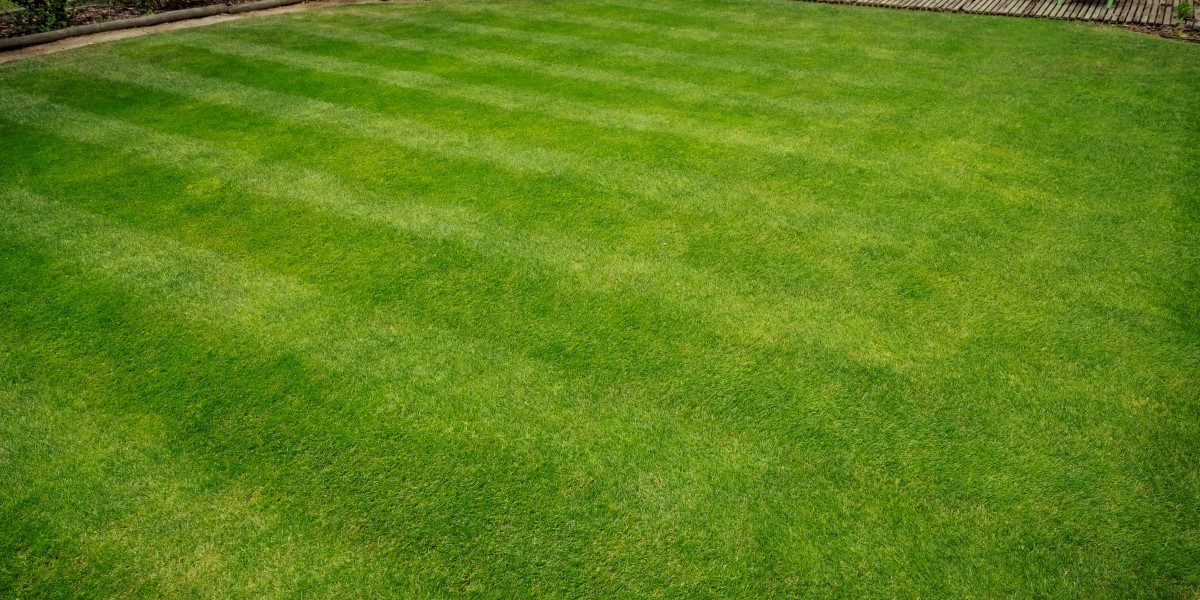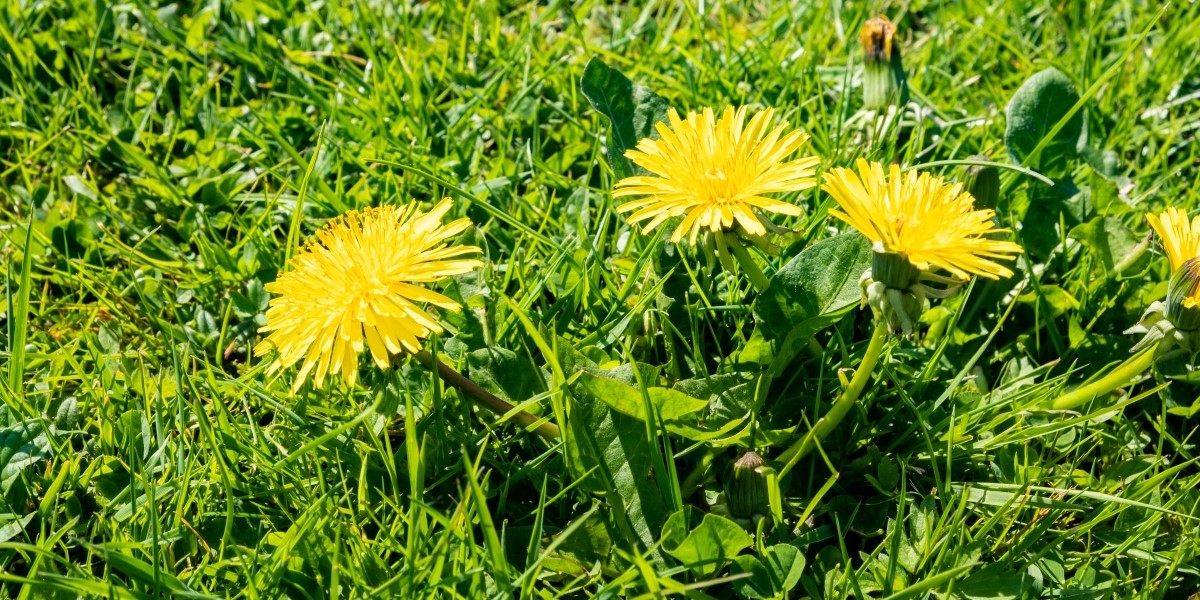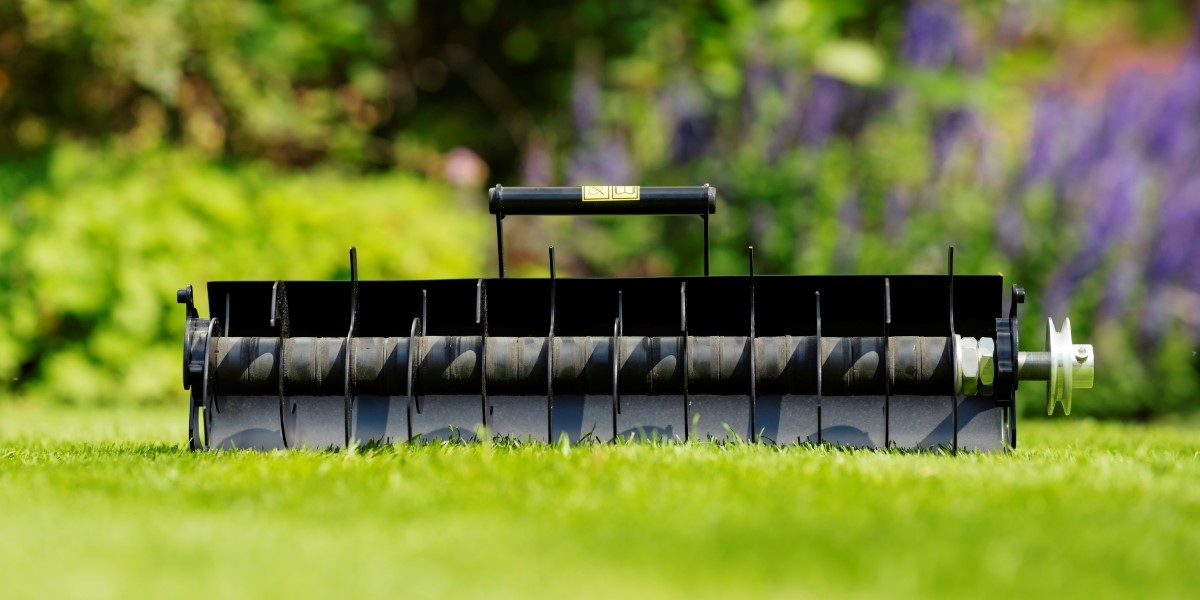What is verticutting and why is it important?
What is verticutting?
Verticutting is the process of cutting the lawn in a vertical manner. It involves removing the top layer of thatch, which consists of deposits of organic debris that accumulate on the soil surface. Thatch can inhibit grass growth by limiting the access of air, water, and nutrients to the roots.
Why is verticutting so important?
1. It helps the soil breathe
Verticutting helps to remove the layer of thatch and stubble that accumulates on the soil surface. This layer can act as a barrier, preventing air, water, and nutrients from reaching the grass roots. When this barrier is removed, air circulation in the soil improves, allowing the grass roots to breathe better.
2. It promotes healthier grass growth
When thatch is removed, nutrients that are applied to the lawn (such as fertilizers) can reach the roots better, encouraging growth. Healthier roots mean the grass can better resist disease, drought, and other stressors. The result is a dense, lush green lawn that is visually attractive and pleasing to the touch. Regular verticutting also encourages the grass to grow back, which helps to fill in bare spots and provides a uniform lawn appearance.

3. It limits the growth of weeds
Verticutting reduces the amount of thatch on the lawn, creating unfavorable conditions for weed growth. Weeds often compete with grass for water, nutrients, and light. However, when organic debris is removed and the lawn has better access to these elements, weeds are less likely to take hold and grow. Verticutting also makes the lawn better able to grow back and thicken. A thick and dense lawn is the best natural barrier against the invasion of unwanted plants.

How often should you perform verticutting?
The frequency of verticutting depends on several factors, including the type of lawn, the climatic conditions, and the level of care the lawn requires. For English lawns that are known for their density and neat appearance, verticutting is recommended every 5-6 weeks during the growing season. The best time for verticutting is in Spring and Autumn when the lawn is undergoing a period of intense growth. This is when the lawn will recover most quickly from the verticutting process and reap the most benefits from it.
Is there a way to do it easily?
Verticutting can be a challenging task, but using the right equipment, such as Swardman's Verticutter, makes the process much easier and faster. The Verticutting Cartridge makes it easy to convert your mower into a verticutter – in mere minutes! This means you can carry out more frequent verticutting without having to invest time and energy in specialized equipment. This simple approach to verticutting ensures that your lawn is kept in optimal condition with minimal effort.

Remember that regular verticutting is the key to maintaining a beautiful and healthy lawn. With our tools and tips, maintaining your lawn will be easier and more efficient.
